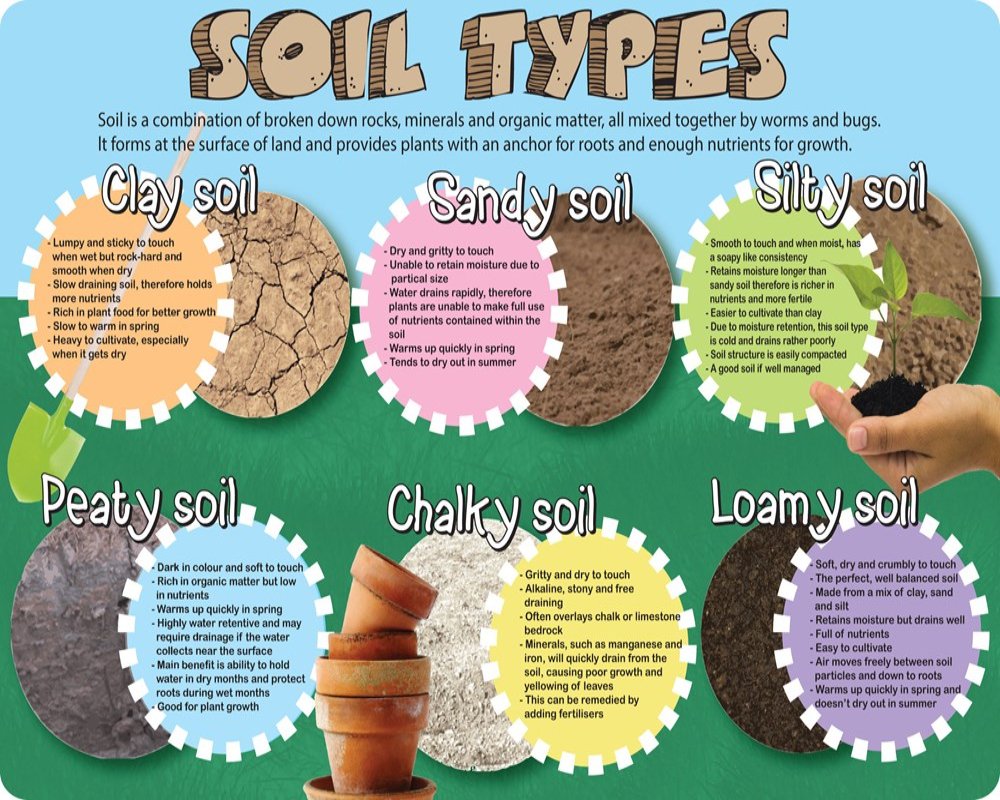Soil Type Required for Industrial Site Selection
Introduction
Soil type plays a fundamental role in the selection of industrial sites. It directly affects the feasibility, safety, and long-term stability of construction, especially for heavy structures like factories, warehouses, manufacturing units, and storage yards. The physical and chemical characteristics of soil determine its load-bearing capacity, drainage behavior, compaction properties, and resistance to natural hazards—all of which influence construction costs, structural integrity, and operational efficiency. Choosing a site with suitable soil conditions is essential to minimize risks, avoid costly engineering interventions, and ensure the durability of industrial infrastructure.
Ideal Soil Characteristics for Industrial Sites
High Load-Bearing Capacity
Industries often involve the construction of heavy buildings, machinery foundations, roads, and storage yards. Therefore, soils with high load-bearing capacity—such as gravelly or sandy soils with compacted layers—are preferred. These soils can support the weight of structures without excessive settlement or subsidence. Sites with low-strength soils, like clay or peat, may require expensive ground improvement techniques or deep foundation systems.
Good Drainage and Low Water Retention
Soils that allow for effective drainage help prevent waterlogging, which can weaken foundations and damage pavements. Sandy and well-graded soils offer excellent permeability, ensuring that surface and subsurface water drains quickly. Poorly drained soils—such as clay—retain moisture, which can lead to swelling, shrinking, and long-term instability. Excessive moisture also poses risks to electrical systems, underground utilities, and operational machinery.
Low Shrink-Swell Potential
Soils with a high shrink-swell index, such as expansive clays, can significantly change volume with moisture variations. This leads to uneven foundation movement, cracking of structures, and long-term maintenance issues. Ideal industrial soils exhibit minimal expansion or contraction, ensuring consistent performance throughout seasonal changes.
Stability and Uniformity
Uniform soil conditions across the site ensure consistent design and construction parameters. Sudden changes in soil composition—from sandy layers to clay patches—can create engineering challenges, requiring variable foundation types and increasing construction costs. Soils should also be free from contamination, organic matter, and loose fill that may affect long-term stability.
Resistance to Erosion and Seismic Activity
Industrial operations can expose soil surfaces to wind, water, and heavy vehicle movement. Soils that are erosion-resistant help maintain structural integrity and surface quality. In seismically active regions, soil that exhibits stable response to ground shaking—such as dense granular soils—is preferred over loose or saturated soils, which may liquefy during earthquakes.
Ease of Excavation and Construction
The ease of excavation is another factor influenced by soil type. Soils that are too hard (e.g., rock) or too soft (e.g., silts and clays) may increase construction time and costs. Ideal soils strike a balance between strength and workability, allowing for efficient foundation preparation, trenching, and utility installation.
Commonly Preferred Soil Types
Gravel and Coarse Sand Soils
These are considered ideal for industrial construction due to their high load-bearing capacity, excellent drainage, low compressibility, and minimal shrink-swell behavior. They are also easy to compact and provide a stable platform for heavy machinery and transport infrastructure.
Well-graded Granular Soils
Granular soils that contain a mixture of sand and gravel with minimal fines offer good compaction and stability. They are commonly used for road bases, factory floors, and storage yards. Proper grading ensures reduced void spaces, enhancing strength and reducing settlement.
Engineered Fill or Compacted Soil Layers
In cases where native soil is inadequate, engineered fill materials can be used to create a suitable base for industrial structures. These layers are composed of selected materials that are compacted to meet specific strength and drainage criteria, often reinforced with geotextiles or stabilizers.
Soils to Avoid or Treat Before Development
Expansive Clays (e.g., Black Cotton Soil)
These soils expand when wet and shrink when dry, causing significant foundation movement and structural distress. They require specialized treatment like chemical stabilization, removal and replacement, or deep foundations.
Peaty or Organic Soils
High in organic content, these soils are compressible and weak, making them unsuitable for supporting heavy industrial structures. They often require complete excavation and replacement with engineered fill.
Loose Silts and Fines
These soils have low shear strength, poor drainage, and are susceptible to erosion. They can be stabilized with additives or replaced, but generally pose construction challenges and risks of differential settlement.
Conclusion
The selection of appropriate soil types is a critical step in industrial site planning and development. Soil that offers high strength, good drainage, and minimal volume change ensures a solid foundation for heavy structures and long-term operational safety. Detailed geotechnical investigations—including soil sampling, load testing, and groundwater analysis—are essential to assess site suitability and guide engineering decisions.
Hashtags
#SoilType #IndustrialSiteSelection #SoilAnalysis #GeotechnicalEngineering #SiteAssessment #LandUsePlanning #SoilProperties #ConstructionSite #EnvironmentalImpact #SoilTesting #SiteDevelopment #InfrastructurePlanning #SoilStability #LandDevelopment #SoilQuality #IndustrialLand #SoilSuitability #UrbanPlanning #EngineeringGeology #SiteEvaluation


